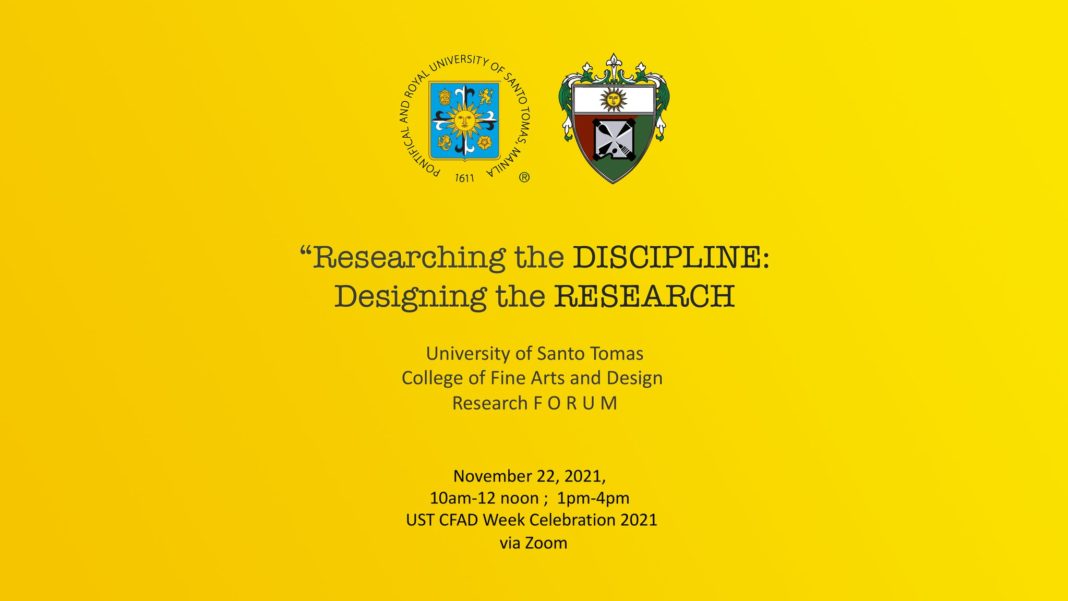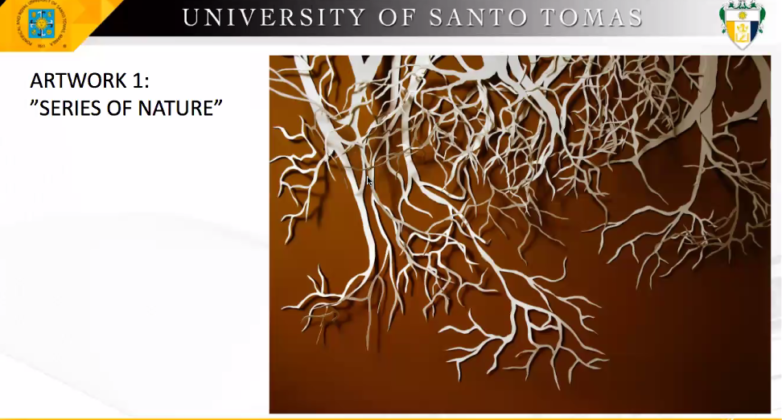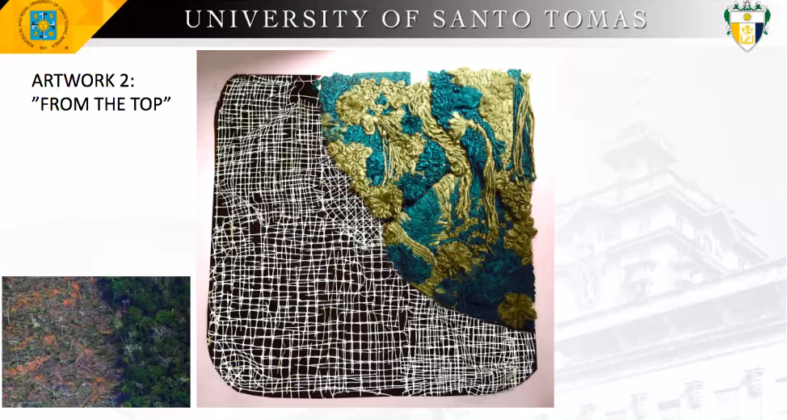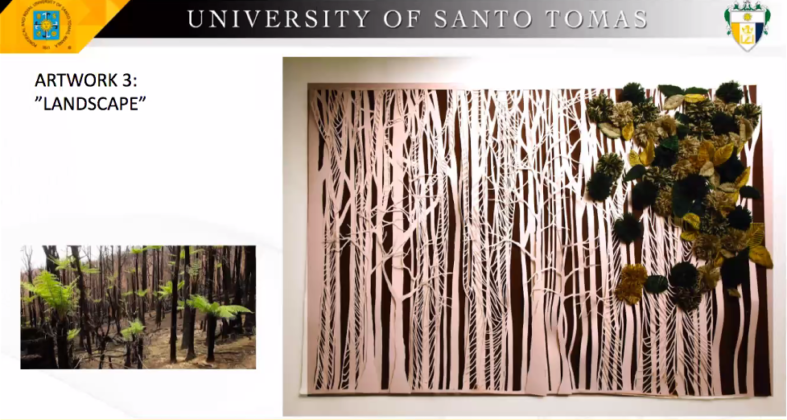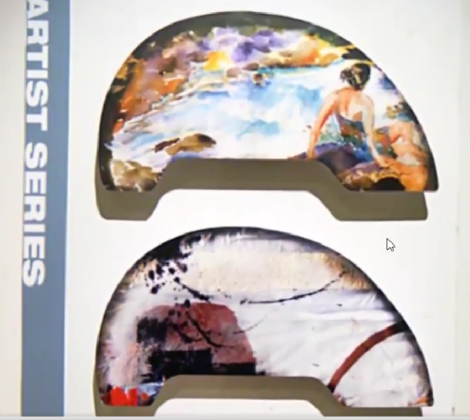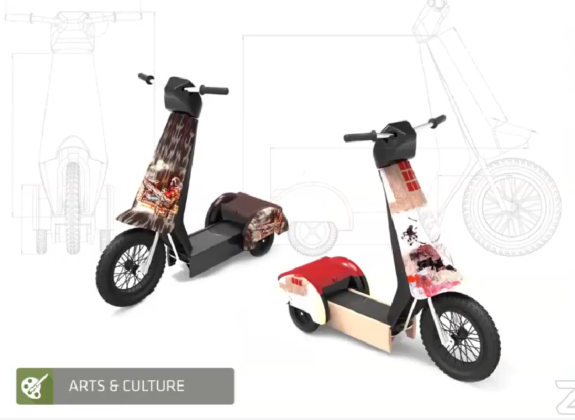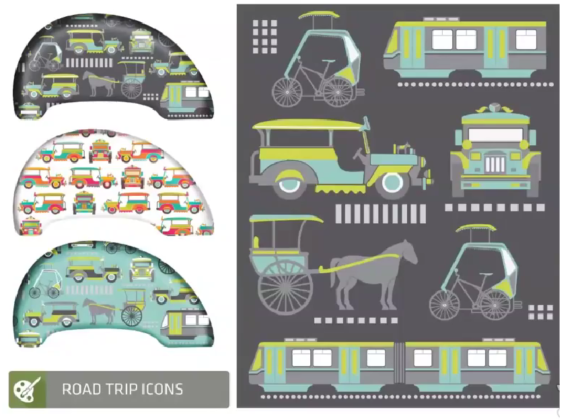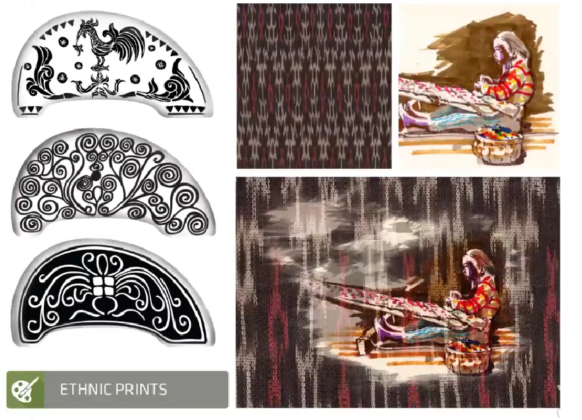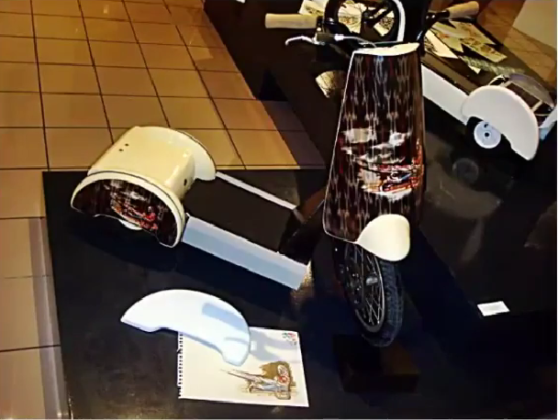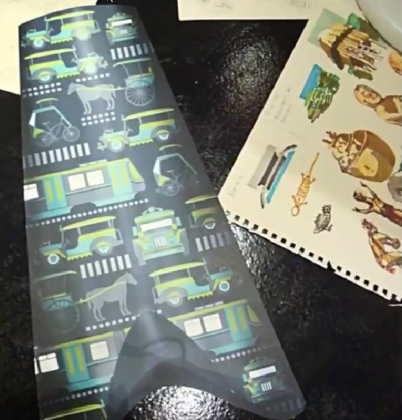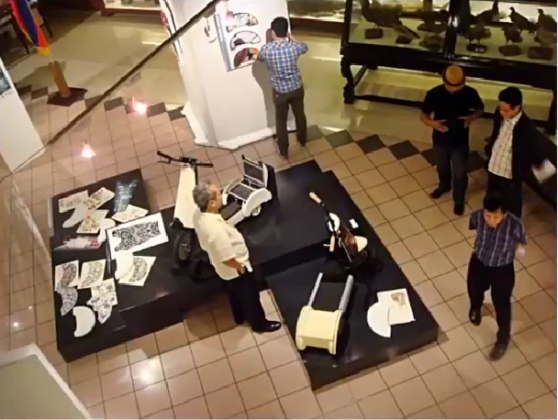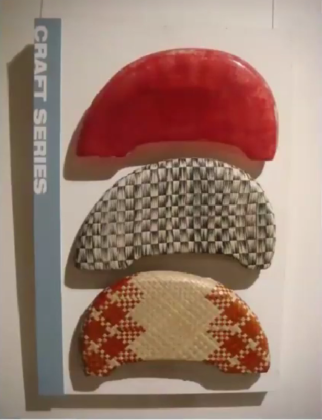Faculty members and researchers from the College of Fine Arts and Design (CFAD) urged students to do more in-depth research in the arts during the forum, “Researching the DISCIPLINE, Designing the RESEARCH” on Nov. 22 via Zoom.
Prof. Ma. Alexandra Chua, director of the UST Research Center for Culture, Arts & Humanities (RCCAH) opened the forum, calling on artists to engage in research despite the limitations caused by the pandemic.
“[A]s artists, I believe that we are in the better position to provide statements and write about the thought processes that came about the production of the artwork, as we have a more comprehensive and deeper understanding of the field,” Chua, who also teaches in the Conservatory of Music, said.
Industrial design faculty member Asst. Prof. Guillerma Mendoza eased the audience into the world of research in the creative discipline and why many artists fear doing research.
“Many would say that, ‘I can design without bothering with research. I am better at expressing my creativity through my art than articulating theories about it.’ Perhaps this is a common sentiment, […] why people in the arts shudder at research,” Mendoza, said.
Mendoza, an RCCAH researcher, said research design in the creative field is an exploration of form, material, and processes. It also involves the integration of contemporary issues and trends and an advocacy for cultural heritage and preservation of traditions.
She demonstrated how research methodology can help give Philippine design culture meanings to understand artistic production through two collaborative paintings, “Rising Philippines” in 1935 by the famous triumvirate of Carlos “Botong” Francisco, Victorio Edades, and Galo Ocampo, and “Beato Angelico sa Mata ng Mga Tomasino.”
Both works converged not only on Thomasian identities but also on Filipino concepts such as bayanihan due to the collaborative nature of the murals.
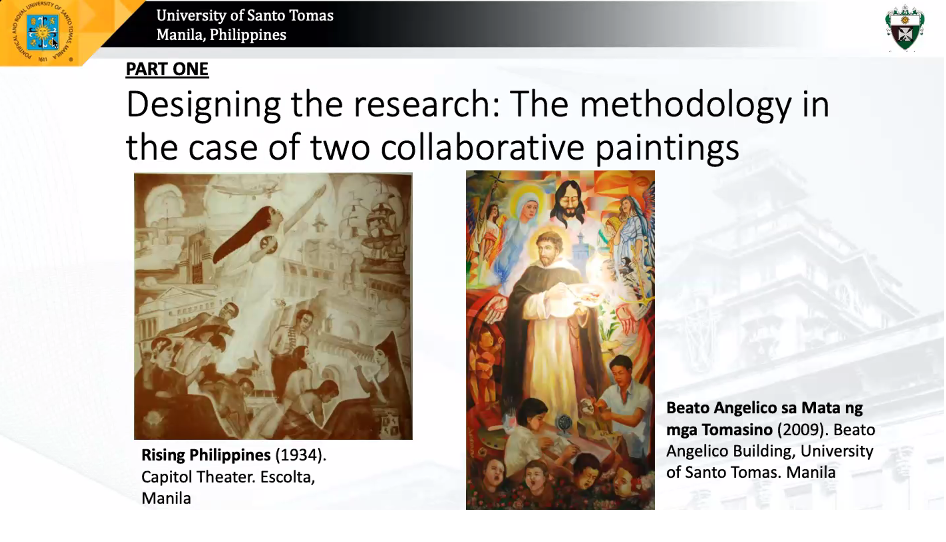
Methodology in the Philippine design culture was also shown through the evolution of the Filipino chair, including its material, technical and aesthetic aspects.
“The spirit of creativity and ingenuity that we have in the visual and applied arts is of the same spirit that characterizes our approach to a methodology to anchor our inquiry. Therefore, the design of research will enable our advocacy and our attempt to have exclusive or inclusive research,” she said.
Asst. Prof. Mary Ann Venturina-Bulanadi, the project head of the research forum, exhibited how research could help as advocacy through the curation of spaces and adaptive reuse.
“Exhibition spaces help translate research into a visual and an auditory experience for its audiences. As researchers adapt their topics into advocacy, they tell a more impassioned story. It is said that research is a groundwork for successful advocacy,” Bulanadi said in the forum.
Bulanadi also cited her study on the adaptive reuse of Bahay Nakpil-Bautista in Manila, where her decades of volunteering as researcher and curator to the ancestral home helped push her advocacy of reusing heritage spaces for contemporary use instead of resorting to demolition.
The setting up of temporary exhibitions and adaptively reusing spaces for contemporary use can offer a clearer understanding of history and culture if backed up by research, Bulanadi said.
College of Science Dean Rey Donne Papa stressed the importance of research in the field of the arts.
“Research is not just the job of scientists, research is not just the job of researchers in the university. It is everyone’s responsibility. From the undergraduate and graduate students who are undergoing their degrees, to all faculty members who are part of the university,” he said in his inspirational talk.
Presentation of theses
Faculty members from different departments and programs in the college presented their theses in the forum.
Marie Antonette Bunag of the interior design department presented her thesis on the impact of refrigerators on Filipino spaces.
She expounded on Filipino values systems such as value or “halaga,” interior and exterior or “loob at labas,” and kinship or “kapwa.”
Advertising student Jenika Pascual showed how bamboo fiber could be a sustainable material for paper art.
Pascual also cited bamboo as a potential wood alternative due to its versatility, growth rate, and benefits to the environment. However, the Philippines is behind in developing bamboo textile despite the country’s abundant bamboo resources, she said.
Asst. Prof. Mailah Balde of the Department of Painting focused on art models and their personal, physical, and professional attributes.
She delved into the Philippine laws protecting art models, as well as the rules and decorum that must be maintained and followed by both artists and models, especially during open art classes where the model is nude.
Industrial design faculty member Manuel Dacanay discussed the application of cultural identity to modern product designs.
By using a solar-powered electric scooter as his “blank canvas,” he incorporated Philippine culture and natural materials into a modern product. He integrated paintings, ethnic prints and patterns, as well as popular Filipino iconographies, on the body and casings of the scooter.
Bulanadi concluded the forum by urging the students not to rely on the “copy and paste” system and templates.
“Beginnings truly give birth pains, but it paves the way to the future of our stakeholders. I would always agree that we start from our backyard, hone it well, then we can aim higher to bring the forum to a wider audience,” she said in her closing remarks. ###


